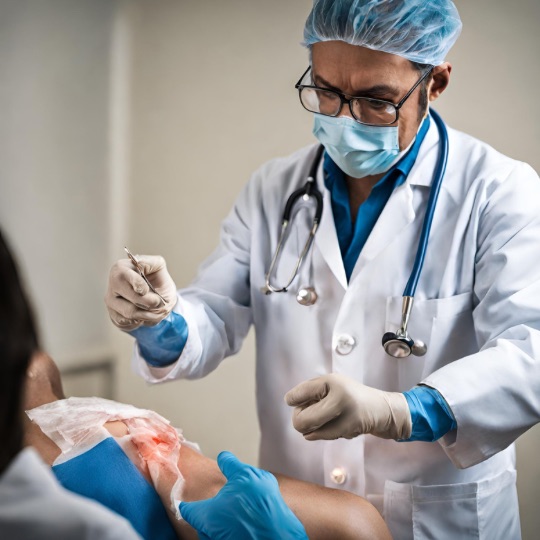Introduction:
Burn injuries can be painful and debilitating, requiring immediate and proper care to promote healing and prevent complications. Dressing a burn wound is a crucial step in the recovery process. This essay will outline the steps for effective burn dressing, emphasizing the importance of cleanliness, proper materials, and ongoing monitoring.
Step 1: Assess the Burn Severity:
Before initiating any treatment, it is essential to assess the burn’s severity. Burns are typically classified into three categories: first-degree, second-degree, and third-degree. First-degree burns involve only the outer layer of the skin, second-degree burns extend into the underlying layers, and third-degree burns affect all skin layers and may involve underlying tissues. The severity dictates the appropriate dressing and treatment.
Step 2: Wash Hands and Gather Materials:
Maintaining a clean environment is crucial to prevent infection. Begin by thoroughly washing your hands with soap and water. Gather the necessary materials, including sterile dressings, bandages, antiseptic solution, and any prescribed topical medications.
Step 3: Clean the Burn:
Use mild soap and water or a saline solution to gently clean the burn area. Avoid using harsh chemicals that may cause further irritation. Pat the area dry with a clean, soft cloth or sterile gauze.
Step 4: Apply an Antiseptic:
Apply a mild antiseptic solution to the burn, ensuring it covers the entire wound. This helps prevent infection and supports the healing process. Common antiseptics include povidone-iodine or chlorhexidine.
Step 5: Choose the Appropriate Dressing:
Select the appropriate dressing based on the burn severity. For first-degree burns, a non-stick sterile dressing may suffice. Second-degree burns may require a sterile, non-adherent dressing, while third-degree burns may need specialized dressings or even a medical professional’s intervention.
Step 6: Cover the Burn:
Place the chosen dressing over the burn, ensuring it completely covers the wound. Secure the dressing with a bandage but avoid wrapping it too tightly to allow for proper circulation.
Step 7: Monitor and Change Dressings:
Regularly monitor the burn for signs of infection, such as increased redness, swelling, or discharge. Change dressings as directed by a healthcare professional or based on the wound’s healing progress.
Conclusion:
Proper burn dressing is crucial for minimizing pain, preventing infection, and supporting the healing process. By following these steps, individuals can effectively care for burn wounds, promoting a faster and smoother recovery. It is essential to seek medical attention for severe burns or if there are any signs of infection for professional guidance and treatment.
(Disclaimer: The views expressed in this article are solely those of the author and not necessarily endorsed by Malioon.)




